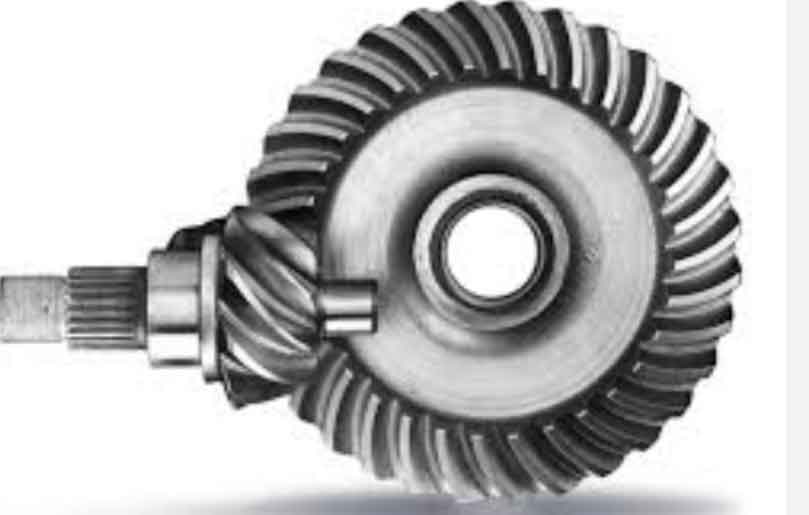
Hypoid gears are a powerful and versatile gear design that combines features of both spiral bevel gears and worm gears. These gears have unique characteristics that make them well-suited for various applications, particularly in automotive and industrial machinery. Let’s explore the key features and advantages of hypoid gears:
1. Axial Offset:
Hypoid gears have an axial offset between the axes of the pinion and the gear. This feature allows for more flexibility in gear design and enables the pinion to have a larger diameter compared to a spiral bevel gear, resulting in increased torque-carrying capacity.
2. High Torque Transmission:
The axial offset and larger pinion diameter in hypoid gears facilitate higher torque transmission compared to traditional bevel gears. This makes them suitable for heavy-duty applications, such as in automotive differentials and industrial gearboxes.
3. Quiet Operation:
Hypoid gears exhibit smoother tooth engagement compared to traditional spiral bevel gears. This smooth operation reduces gear noise and vibrations, making them ideal for applications where noise reduction is critical, such as automotive drivetrains.
4. Efficiency:
Hypoid gears generally have higher mechanical efficiency compared to worm gears. This results in reduced power losses during gear transmission, contributing to better overall system efficiency.
5. Right-Angle Gearbox Applications:
The unique design of hypoid gears allows them to be used in right-angle gearboxes where the axes of the pinion and gear intersect at 90 degrees. This is particularly advantageous when a compact and efficient power transmission solution is required.
6. Improved Load Distribution:
The large number of teeth in hypoid gears contributes to better load distribution, reducing stress on individual teeth and enhancing gear life and durability.
7. Lubrication and Cooling:
Due to the sliding contact between the gear teeth in hypoid gears, proper lubrication and cooling are critical to minimize wear and heat generation. Efficient lubrication systems are essential to maintain gear performance and extend the life of the gears.
8. Automotive Applications:
One of the most common applications of hypoid gears is in automotive differentials. The offset design allows the driveshaft to be placed higher, creating more space in the vehicle’s interior while still efficiently transferring power to the wheels.
9. Industrial Machinery:
Hypoid gears find applications in heavy machinery, marine equipment, and other industrial systems where high torque and right-angle gear transmission are required.
10. Gear Ratio Variability:
Hypoid gears offer flexibility in gear ratio design, enabling customized solutions for different applications and requirements.
While hypoid gears offer many advantages, their design and manufacturing complexity may be higher compared to standard bevel gears. Additionally, ensuring proper lubrication and cooling is crucial to maintain their efficiency and performance. When designed and maintained correctly, hypoid gears can provide reliable and efficient power transmission in a wide range of applications, making them a powerful and versatile gear design.
